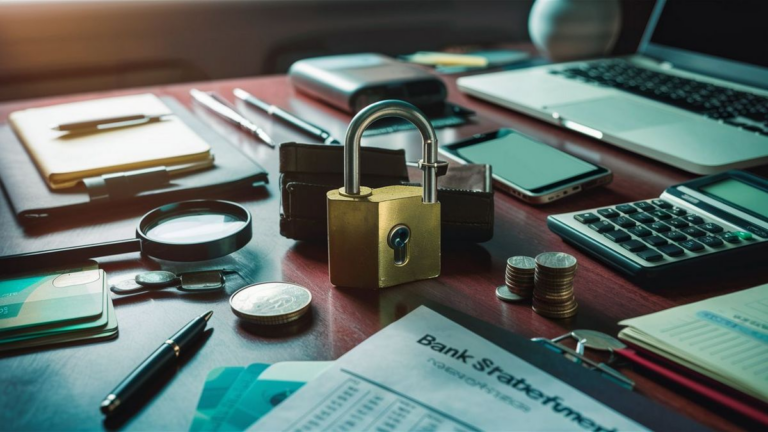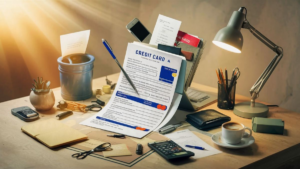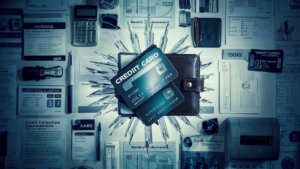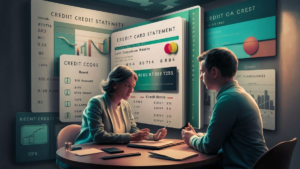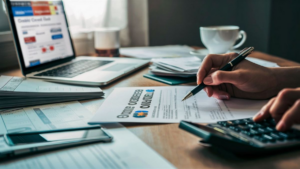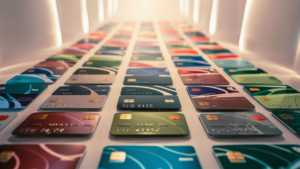When it comes to managing your finances, your debit card plays a crucial role. Among the essential details associated with your debit card is the card number, a unique sequence of digits that identifies your account and facilitates transactions. In this comprehensive guide, we’ll delve into what your card number represents and how to identify it.
The Anatomy of a Debit Card Number
Your debit card number may seem like a random string of numbers, but each digit serves a specific purpose:
- Issuer Identification Number (IIN): The first six digits of your card number are known as the Issuer Identification Number or Bank Identification Number (BIN). This portion identifies the financial institution that issued the card.
- Individual Account Identification: The subsequent digits after the IIN uniquely identify your individual account within the issuing bank.
- Checksum: The last digit of your card number is a checksum, calculated using a formula to ensure the validity of the entire card number.
Finding Your Card Number
Your debit card number is prominently displayed on the front of your card. It is typically embossed or printed, making it easily identifiable. However, for security reasons, some merchants may require you to input the card number manually, especially for online transactions.
Protecting Your Card Number
While your card number is essential for making transactions, it’s crucial to safeguard it from unauthorized access:
- Keep It Private: Treat your card number like confidential information. Avoid sharing it with anyone unless you trust the recipient and ensure secure transmission when providing it online.
- Be Wary of Skimming Devices: Skimming devices can capture your card number and other sensitive information when you swipe your card at compromised terminals. Always inspect card readers for signs of tampering.
- Monitor Your Account: Regularly review your account statements and transaction history to identify any unauthorized charges promptly.
Using Your Card Number Wisely
Your card number is the key to accessing your funds, so it’s essential to use it responsibly:
- Memorize or Securely Store: While memorizing your card number can be convenient, ensure you store it securely if you choose to write it down.
- Report Lost or Stolen Cards: If your card is lost or stolen, contact your financial institution immediately to report it and prevent unauthorized use.
- Update Information Promptly: If your card number changes due to reissuance or card renewal, ensure you update it with any merchants or services linked to your account.
Your debit card number is more than just a string of digits—it’s a vital piece of information that facilitates your financial transactions. Understanding its significance and taking steps to protect it can help safeguard your finances and prevent unauthorized access to your accounts.
Verifying Transactions
When you make transactions using your debit card number, it’s essential to verify them regularly. This ensures that all transactions are legitimate and authorized by you. Many banks offer online banking services or mobile apps where you can monitor your transactions in real-time. Set up transaction alerts to receive notifications for any activity on your account.
Transaction Disputes
If you notice any unauthorized or suspicious transactions, it’s crucial to act promptly to resolve the issue. Contact your bank’s customer service immediately to report the disputed transactions. Most banks have procedures in place to investigate and resolve such disputes, which may involve issuing a chargeback if necessary.
Frequently Asked Questions
Here are some common questions about debit card numbers:
| Question | Answer |
|---|---|
| Can I change my debit card number? | Typically, you cannot change your debit card number. However, if your card is lost, stolen, or compromised, your bank may issue you a new card with a different number. |
| How do I know if my card number is secure for online transactions? | Look for websites with secure connections indicated by “https” in the URL and a padlock icon in the address bar. Additionally, consider using secure payment methods like virtual card numbers or two-factor authentication for added security. |
| What should I do if I suspect my card number has been compromised? | If you suspect unauthorized access to your card number, contact your bank immediately to report the issue and request a card replacement. Monitor your account for any suspicious activity and follow your bank’s instructions for securing your account. |
See also:

